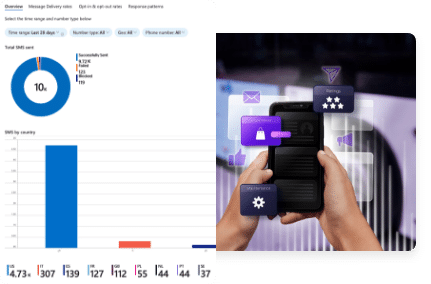In the competitive landscape of online marketing, achieving a high ranking on Google Search is vital for drawing visitors to your site. A better ranking not only enhances your website’s visibility but also helps build trust and credibility with your audience. Below are five proven strategies to elevate your website’s position in Google Search results.
1. Optimise On-Page SEO
Conduct Keyword Research and Strategic Placement
Keyword research is the basis of successful SEO. Utilising tools such as Google Keyword Planner and SEMrush will help you identify the terms your target audience is searching for. After compiling a keyword list, place these terms strategically within your titles, meta descriptions, headers, and content to improve the context and relevance of your webpage in search engine rankings.

Steps to Take:
- Use Google Keyword Planner to identify keywords related to your niche.
- Analyse competitor keywords through tools like SEMrush or Ahrefs.
- Use primary keywords in your title tag, H1 tag and in the meta description.
- Integrate secondary keywords throughout the text, headers, and alt tags for images.
Enhance Meta Tags and Descriptions
Meta tags and descriptions serve both users and search engines. An enticing meta description encourages users to click on your website, so ensure these are concise, compelling, and include your main keywords.
Steps to Take:
- When writing meta descriptions ensure they are between 150-160 characters. This is important to prevent truncation.
- Incorporate the primary keyword within the meta description.
- Write an engaging and accurate reflection of the page content.
- Utilise plugins like Yoast SEO to manage meta tags easily.
2. Improve Website Speed
Why Loading Speed Matters
Website speed is important for SEO purposes and user experience. Pages that load slowly often lead to higher bounce rates and decreased satisfaction. Google considers page speed as a ranking factor, making it imperative to optimise your website for performance.
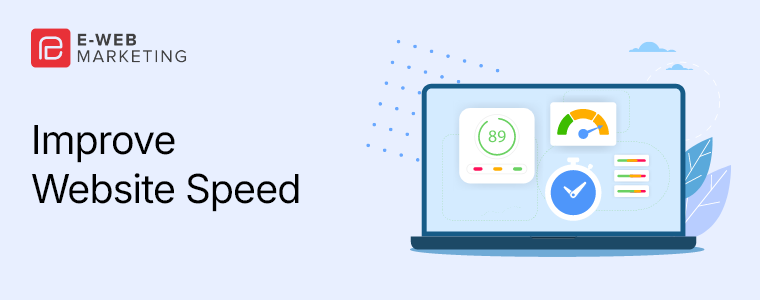
Steps to Take:
- Check website speed using GTmetrix, Google PageSpeed Insights or other tools.
- Use the test results to identify areas that need improvement.
Ways to Enhance Loading Speed:
- Optimise Images and Media: Compress images and select appropriate formats to speed up load times.
- Compress images without quality loss by using tools like JPEG-Optimizer or TinyPNG.
- Choose the correct file formats—JPEG for photos and PNG for graphics.
- Utilise a Content Delivery Network (CDN): A CDN stores your content across multiple servers, decreasing the distance it has to travel.
- Look into CDN options such as Amazon CloudFront or Cloudflare.
- Reduce HTTP Requests: Combine files and minimise the elements on your page to accelerate loading.
- Merge CSS and JavaScript files to lower request numbers.
- Remove redundant plugins and scripts.
- Enable Browser Caching: Caching stores files on users’ devices to avoid reloading them each time.
Configure browser caching through the .htaccess file or use plugins like W3 Total Cache.
3. Produce High-Quality Content
Content’s Impact on SEO
The fundamentals of effective SEO is about providing high-quality content. Offering relevant, valuable and engaging content leads to an increase in backlinks and shares. This signals search engines that you have an authoritative website.

Steps to Take:
- Carry out thorough research to identify your audience’s needs and preferences.
- Create content that addresses their concerns and offers real value.
Content Creation Tips:
- Write for Your Audience: Understand who your target readers are and tailor your content to meet their needs.
- Develop buyer personas to cater to different audience segments.
- Conduct surveys or interviews to gain insights into their interests.
- Incorporate Multimedia: Use images, videos, and infographics to enrich your content and increase shareability.
- Insert high-quality visuals that complement your text.
- Embed videos to add extra value and engage visitors for longer periods.
- Regularly Update Content: Keep your material fresh and relevant by making necessary updates.
- Refresh older blog posts with new data and insights.
- Repurpose content into different formats, such as turning an article into a video or infographic.
4. Build High-Quality Backlinks
Understanding Backlinks
Backlinks are links from other websites to content on your website. They signal search engines that visitors find content on your website valuable and relevant.
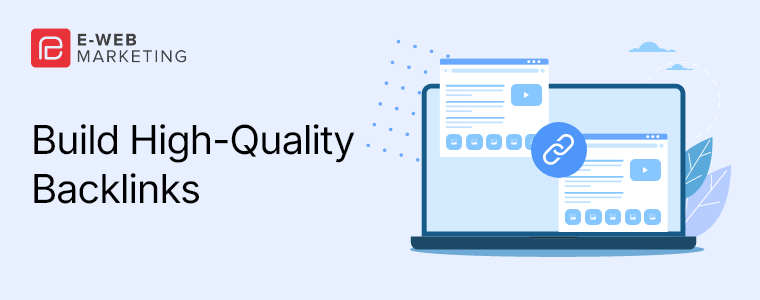
Steps to Take:
- Using Moz, Ahrefs or other tools check the effectiveness of your backlink profile.
- Identify any spammy or low quality links. If any are found and disavow them.
Effective Backlink Building Strategies:
- Guest Blogging: Write guest articles for credible blogs in your industry to gain backlinks and enhance visibility.
- Find blogs that accept guest posts and have an audience relevant to your niche.
- Offer them unique and valuable content ideas to increase your acceptance rate.
- Create Shareable Content: Develop content that naturally attracts links, such as infographics, case studies, or comprehensive guides.
- Design visually appealing infographics to summarise complex information.
- Publish original research or case studies to establish authority.
- Engage in Influencer Outreach: Partner with influencers or industry experts to gain high-quality backlinks.
- Reach out to influencers with a personalised message.
- Offer them content promotion in return for a backlink to your site.
Improving your website’s ranking in Google Search requires a holistic approach that combines on-page SEO, website speed optimisation, high-quality content creation, backlink building and mobile-friendliness. Implementing these strategies will help you enhance your website’s visibility. You will be able to attract more traffic, generate targeted leads and ultimately increase profits.
If you need professional assistance with your SEO efforts, don’t hesitate to contact Eweb Marketing. Our team of experts is ready to help you optimise your website and achieve top rankings in Google Search.

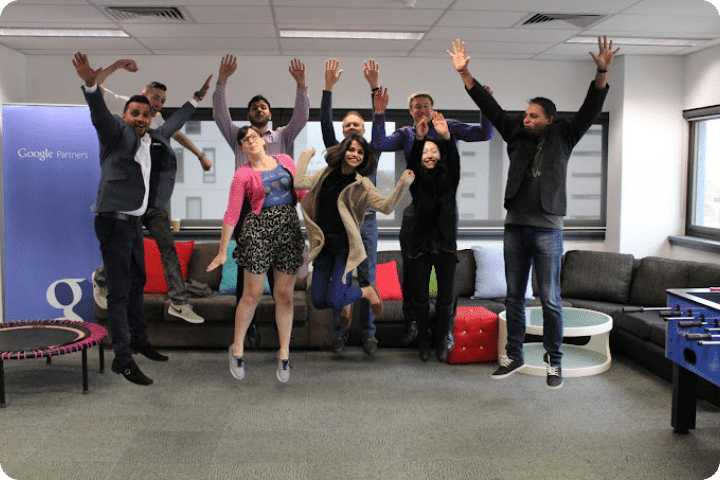




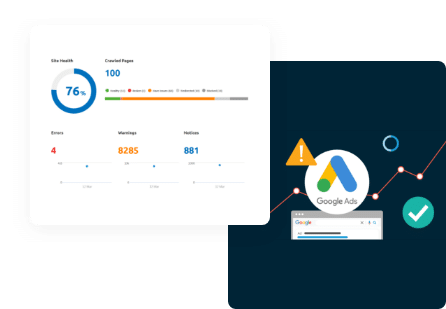
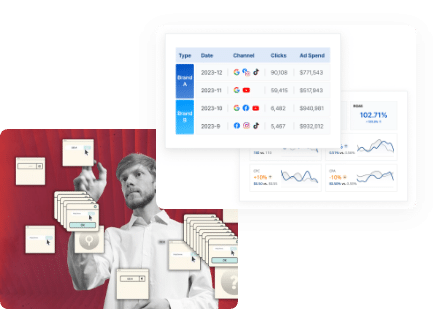






 Search Engine Optimization
Search Engine Optimization Google Ads
Google Ads Meta Ads
Meta Ads SMS Automation
SMS Automation Website Design
Website Design Virtual Marketing Manager
Virtual Marketing Manager

